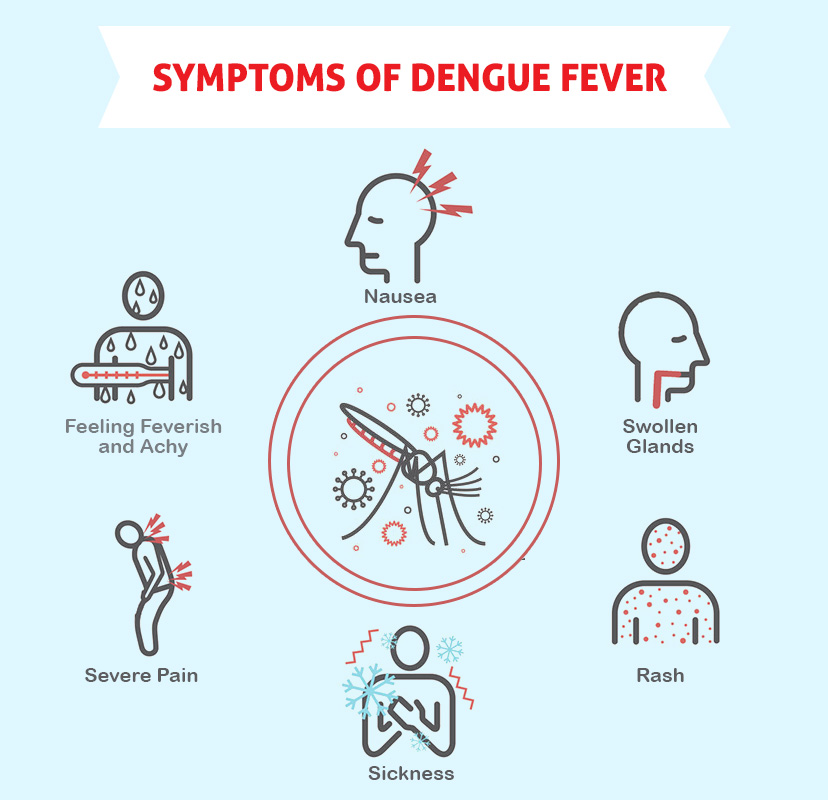Dengue Symptoms and cause: Dengue mosquito bites are common during the rainy season. In such a situation, it is very important for you to know why dengue mosquito bites only in the legs. And how many times can dengue bite a person? Know every information related to dengue with experts.
Dengue fever, a mosquito-borne illness, has become a significant public health concern worldwide. Characterized by its sudden onset and debilitating symptoms, dengue can range from a mild to a severe form. Understanding the intricacies of this disease is crucial for prevention and effective management.
The Dengue Mosquito: A Closer Look
Before delving into the symptoms and causes, it’s essential to understand the culprit behind this disease – the dengue mosquito. Primarily, the Aedes aegypti mosquito is responsible for transmitting the dengue virus. This mosquito is notorious for its daytime biting habits, often targeting exposed skin areas, including the legs.
Myth: Dengue mosquitoes bite only legs.
Contrary to popular belief, dengue mosquitoes are not exclusive to biting legs. They can bite any exposed part of the body. The reason why leg bites are often noticed is due to several factors:
- Visibility: Legs are frequently exposed, making bites more apparent.
- Clothing: Loose-fitting clothing often covers the upper body, making bites on legs more noticeable.
- Sensitivity: Some individuals may experience more pronounced reactions to mosquito bites on their legs.
How Many Times Can a Dengue Mosquito Bite?
A single dengue mosquito can bite multiple times. These mosquitoes feed on blood to obtain proteins for egg production. Once infected with the dengue virus, a mosquito can transmit the virus to multiple people through subsequent bites. This highlights the importance of prevention measures to control the mosquito population.
Causes of Dengue Fever
Dengue fever is caused by the dengue virus, which belongs to the Flaviviridae family. The virus is transmitted to humans through the bite of an infected Aedes aegypti mosquito. There are four distinct serotypes of the dengue virus (DEN-1, DEN-2, DEN-3, and DEN-4), and infection with one serotype provides immunity to that specific serotype but not to the others.
Symptoms of Dengue Fever
The symptoms of dengue fever typically appear 4 to 10 days after the infected mosquito bite. The illness usually lasts for 2 to 7 days.
Classic dengue is characterized by the following symptoms:
- High fever (often 104°F or 40°C)
- Severe headache
- Pain behind the eyes
- Joint and muscle pain
- Fatigue
- Nausea and vomiting
- Skin rash
Severe dengue, also known as dengue hemorrhagic fever, is a more serious form of the disease. Symptoms include:
- Severe abdominal pain
- Persistent vomiting
- Rapid breathing
- Bleeding gums, nose, or other body parts
- Blood in vomit or stool
- Shock
It’s crucial to seek medical attention immediately if you suspect severe dengue.
Prevention and Control
Preventing dengue fever is primarily focused on controlling the mosquito population. Here are some effective measures:
- Mosquito Control:
- Eliminate breeding sites by removing stagnant water from containers, flowerpots, and discarded tires.
- Use mosquito repellents containing DEET.
- Wear long-sleeved clothing and pants to minimize exposed skin.
- Install mosquito nets over windows and doors.
- Early Detection and Treatment:
- Seek medical attention promptly if you experience dengue-like symptoms.
- Proper hydration is essential for recovery.
- Avoid self-medication.
Dengue fever poses a significant health threat, especially in tropical and subtropical regions. Understanding the causes, symptoms, and prevention measures is crucial for protecting yourself and your community. By taking proactive steps to control mosquitoes and seeking medical attention when necessary, you can reduce the risk of dengue infection. Remember, early detection and treatment are key to a successful recovery.

